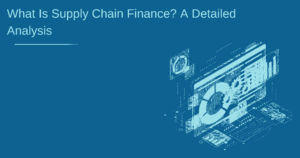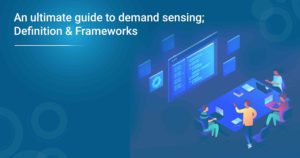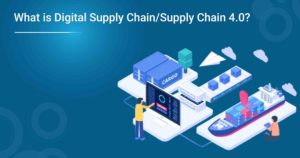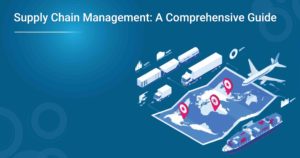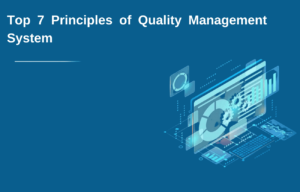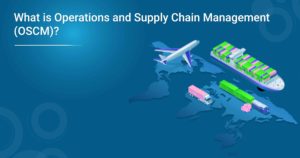Demand forecasting is critical for all businesses, regardless of size and structure. It helps business owners and managers to make informed decisions about production, inventory, pricing, and other strategic decisions. It is the driving force of the entire operations planning process. Although demand forecasting is a complex process, there are several methods businesses can use to forecast demand. This blog post will acquaint you with different types of demand forecasting and the ways that are used to generate fruitful forecasts.
What Is Demand Forecasting?
It is about estimating the demand for a product or service in the future. Businesses use demand forecasts to decide production, pricing, and inventory levels. With demand forecasting, companies can anticipate customer demand and adjust their plans accordingly.
The best example of demand forecasting is when a business uses historical sales data to predict demand in the future. This type of demand forecasting is called trend analysis. Companies can also use other data sources to predict demand, such as weather patterns, economic indicators, and customer surveys.
Why is Demand Forecasting Crucial For Business?
Demand forecasting is an essential tool for businesses. It tells you what customers want and how much they are willing to pay for it. This information can help companies make better pricing, production, and inventory decisions. Additionally, demand forecasting can help you anticipate future trends that may impact your business.
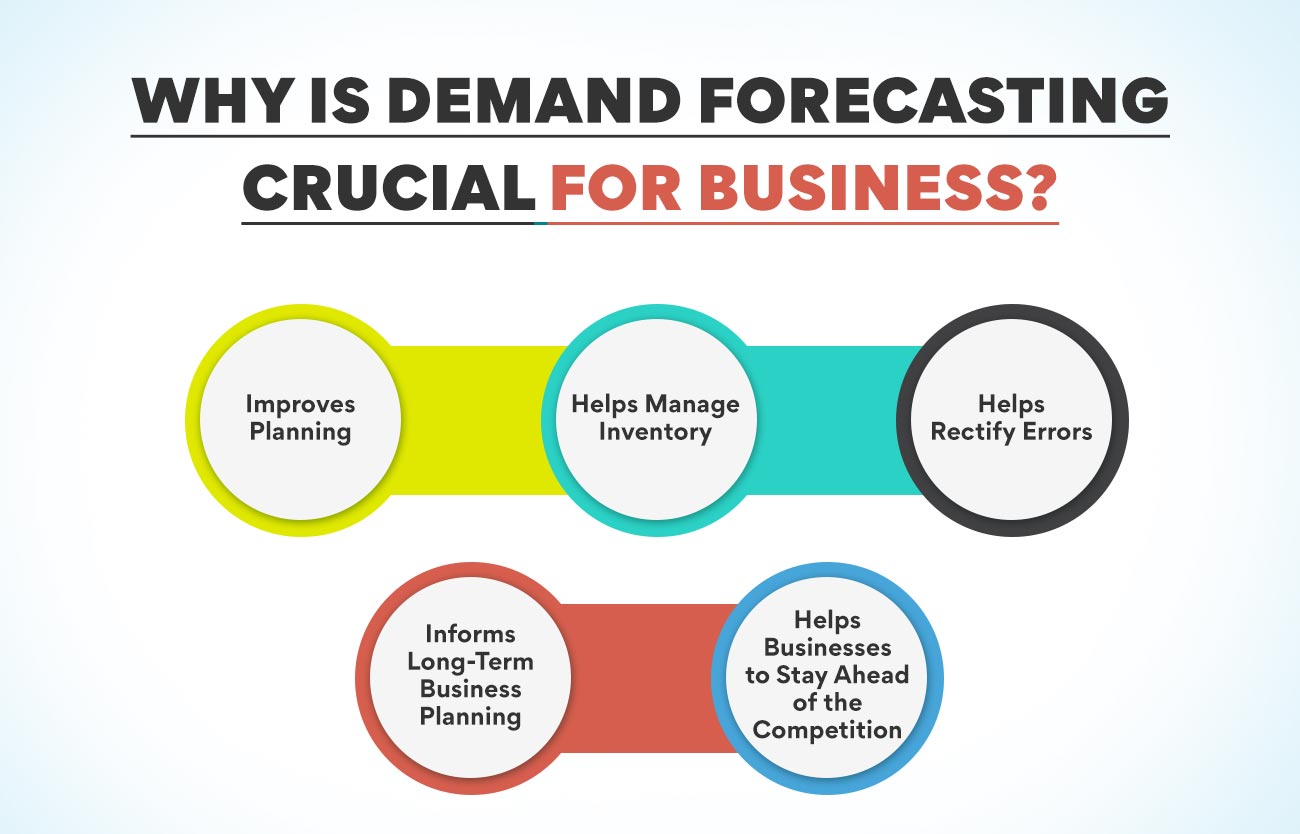
Improves Planning
The primary objective of demand forecasting is to help businesses improve their planning. By understanding future demand, businesses can make better production, inventory and pricing decisions. This improved planning can lead to increased profits and decreased costs.
Helps Manage Inventory
Demand forecasting is vital to ensuring that a company has the proper inventory levels to meet customer demand. If demand is high, businesses can increase production to meet customer demand. Conversely, if demand is low, companies can reduce production to avoid excess inventory. It will save money on inventory costs and keep customers happy.
Helps Rectify Errors
Demand forecasting can help businesses to avoid making inaccurate assumptions about demand. This, in turn, can help businesses to rectify errors in their planning and production processes. With an accurate demand forecast, businesses can avoid making costly errors that could negatively impact their bottom line.
Informs Long-Term Business Planning
Not only can demand forecasting help businesses avoid making errors in the short term, but it can also inform long-term business planning. An accurate demand forecast can help businesses make more informed decisions about their long-term growth strategy. This, in turn, can help businesses to achieve their long-term goals and objectives.
Helps Businesses to Stay Ahead of the Competition
In today’s highly competitive business environment, businesses need to stay ahead of the competition. With efficient demand forecasting in place, businesses can better understand their customers’ needs and wants. Companies can easily anticipate changes in demand and adjust their plans accordingly.
Key Demand Forecasting Metrics
Knowing the key demand forecasting metrics is important when trying to forecast demand for your business.
- Product Lead Time: This is the amount of time it takes for your product to be manufactured and delivered to your customer. It is crucial to track product lead time as it can help you predict demand for your product.
- Sales Velocity: Sales velocity is the rate at which your product is selling. This metric can be used to predict demand for your product in the future.
- Customer Churn: Customer churn is known as the percentage of customers that stop using your product/service for a period of time. This metric is important to track as it can help you forecast demand for your product.
- Inventory Turnover: This is the number of times your inventory is sold and replaced over a specific time. It helps predict demand for your product, showing how fast your stock is moving.
All of these demand forecasting metrics are important to track to predict demand for your product. Monitoring these metrics regularly will allow making informed decisions about your product and demand for it in the future.
Key Performance Indicators of Demand Forecast
There are various demand forecasting methods that organisations can use to make demand planning more accurate. Some of the significant key performance indicators (KPIs) of demand forecasting are:
- Forecast accuracy: This measures how close the demand forecast is to actual demand.
- Bias: This measures the systematic error in the demand forecast. A positive bias means that the demand forecast is consistently too high, while a negative bias means that the demand forecast is consistently too low.
- Mean absolute percent error (MAPE): It measures the average absolute percentage difference between the demand forecast and actual demand.
- Forecast Error: This measures the difference between the demand forecast and actual demand. A positive error means that demand was higher than expected, while a negative error means that demand was lower than expected.
- Weighted Mean Absolute Percentage Error (WMAPE): This measures the average absolute percentage difference between the demand forecast and actual demand, weighted by demand. This is useful for organisations that have products with different demand levels.
Organisations should track these KPIs to ensure their demand forecasting is as accurate as possible. By doing so, they can make better demand planning decisions that lead to improved organisational performance.
Types of Demand Forecasting
There are various types of demand forecasting methods that organisations can use, depending on their needs. The most common methods are:
Predictive Analysis
It is a demand forecasting method that uses artificial intelligence (AI) and machine learning algorithms to predict demand. It analyses data sets to identify patterns and relationships that can be used to forecast demand. Businesses use predictive analytics to generate demand forecasts for various products and services. Extensive research is the backbone of this demand forecasting method. It is based on a company’s historical data and uses it to develop mathematical models that predict future demand.
Conjoint Analysis
Conjoint analysis is a demand forecasting technique that involves surveying customers and asking them to trade off different product features. For example, a customer might be asked to choose between two different products, A and B. Product A has a higher quality but is more expensive, while product B is lower quality but cheaper. Demand forecasters can better understand customer preferences and make more accurate demand forecasts by understanding how customers trade off different features. Conjoint analysis can be used to forecast demand for new products and for existing products being modified (e.g. a new feature is being added).
Time Series Analysis
Time series analysis involves using historical data to predict future demand. It is the most commonly used demand forecasting technique. This method is best suited for businesses with a long sales data history. It ensures that demand patterns are taken into account and can help predict demand for seasonal products. Businesses need to have at least a year’s worth of data to use this method effectively.
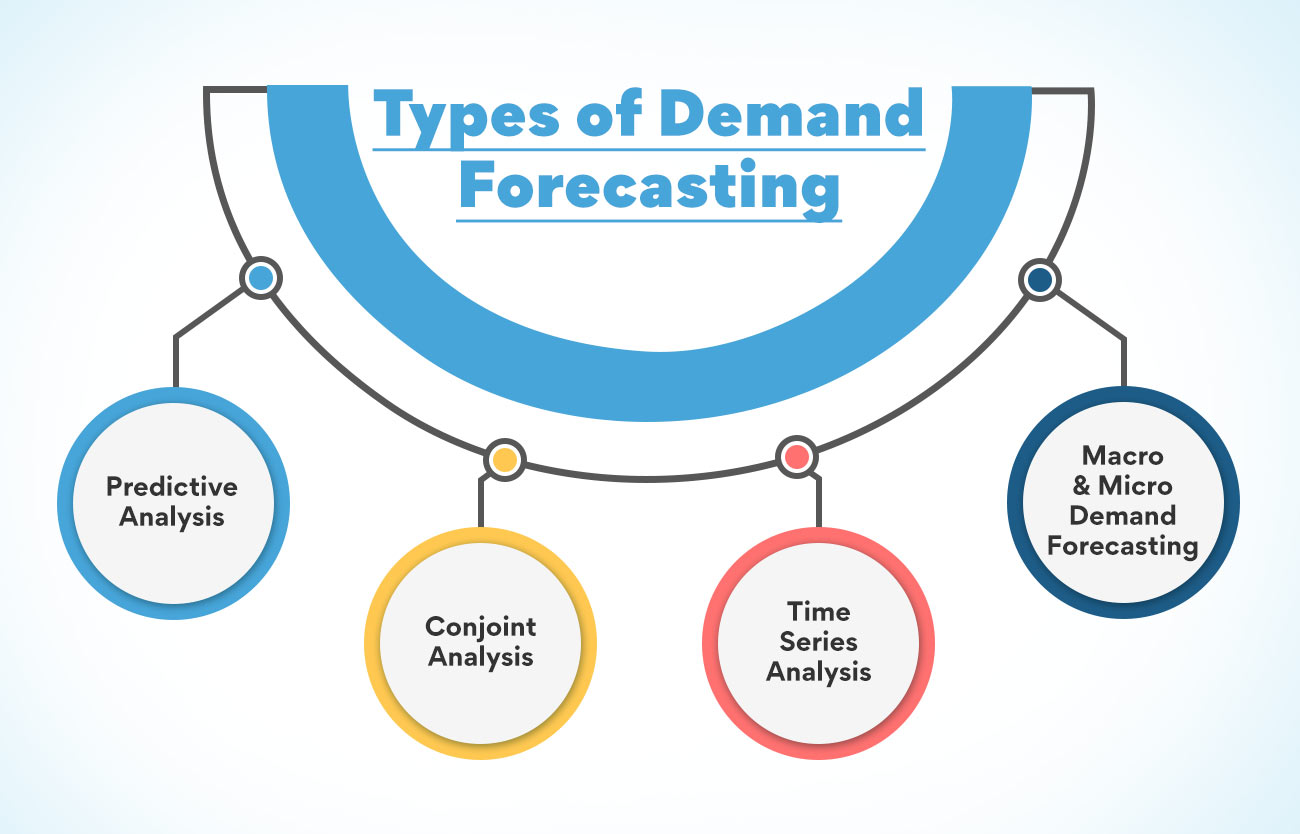
Macro & Micro Demand Forecasting
Micro-demand forecasting is typically used by businesses to make pricing, inventory, and production decisions. Micro demand forecasting estimates the demand for a specific product or service in a particular market. It generally considers factors such as seasonality, customer loyalty, and promotions.
Macro demand forecasting estimates the demand for a general category of products or services in a given market. It generally considers factors such as economic indicators, demographic trends, and social factors. It is typically used by businesses to make decisions about marketing, expansion, and investment.
Methods of Demand Forecasting
Methods of demand forecasting can be classified into two broad categories: qualitative and quantitative. Qualitative methods involve using judgment and experience to make forecasts, while quantitative methods use historical data and statistical techniques.
Let’s discuss some common demand forecasting methods, including:
Statistical Method
This approach uses historical data to identify patterns and trends that can be used to make predictions about future demand. This method is best suited for businesses with a long sales data history. It will be less effective for new businesses or have experienced significant changes in demand over time.
The statistical method can be divided into two sub-categories:
- Trend Projection: In this approach, demand is forecasted by extrapolating past demand data into the future. This method can be used when demand grows at a constant rate or when there is a clear trend in the data.
- Regression Analysis: This approach uses historical data to identify relationships between different factors and demand. The sourced information can be utilised to make predictions about demand in the future. This method is best suited for businesses with a large amount of data that can be analysed.
Market Research/Surveying Method
Before thinking about demand forecasting, you need to understand your target market. This means conducting extensive market research to get an idea of your target customers, their needs and wants, and what factors influence their buying decisions. One of the best ways to do this is through surveying. A survey can be either done by the company itself or by hiring a market research firm. Either way, surveys are a great way to get reliable data that you can use to make informed decisions about demand forecasting.
Sales Force Composite Method
The sales force composite method is a technique that relies on the collective knowledge of your sales team. Essentially, you ask your salespeople to estimate how much demand they think there will be for your product or service in the future. All the information is compiled and used to generate a demand forecast.
This method is often used in conjunction with other demand forecasting techniques, as it can provide valuable insights that other methods may not capture. The advantages of the sales force composite method are that it is relatively quick and easy to do, and it doesn’t require any special skills or training. The only drawback is that it is subjective and can be biased if your sales team is not adequately incentivised to give accurate estimates.
Delphi Method
It is a demand forecasting technique that relies on the opinions of experts. The Delphi method is used to generate forecasts by asking a panel of experts their opinions on the future demand for a product. The experts’ responses are then collated, and an average demand forecast is generated.
The Delphi method is ideal when there is little historical data available on which to base a demand forecast. The Delphi method can be used to generate forecasts for both short-term and long-term demand.

Barometric Method
This demand forecasting method uses historical sales data to predict future demand. It’s based on the theory that demand for a product is influenced by previous demand for that product. To forecast demand using this method, you’ll need sales data for a similar product from past years. You can then use this data to identify patterns and trends to help predict future demand. The barometric method is best suited for products with stable demand. If demand for your product fluctuates significantly from year to year, this method may not be as accurate.
A/B Experimentation Method
This method is all about experimentation. You create two demand forecasts, one using your current methods and assumptions and a second demand forecast with different techniques and assumptions. Then, you compare the results of both demand forecasts to see which one is more accurate. It is an effective method when you have a limited amount of historical data to work with.
The Bottom Line
It is essential for businesses of all sizes. By understanding demand forecasting, the different types of methods available, and the advantages and disadvantages of each, companies can make more informed decisions about which demand forecasting method is best for their needs. Additionally, demand forecasting can help businesses to avoid stock-outs, plan for future growth and make more informed pricing decisions.
Demand forecasting is not science, and some degree of uncertainty will always be involved. However, by using the best method for your business and constantly reviewing and refining your forecast, you can minimise the amount of uncertainty and ensure that your business is prepared for whatever the future may hold.
Now you can learn more about demand forecasting and the appropriate ways to use it for better business results with Edureka’s certificate course. Check our Advanced Certificate in Operations, Supply Chain, and Project Management and take a step toward a professional career in supply chain management.









